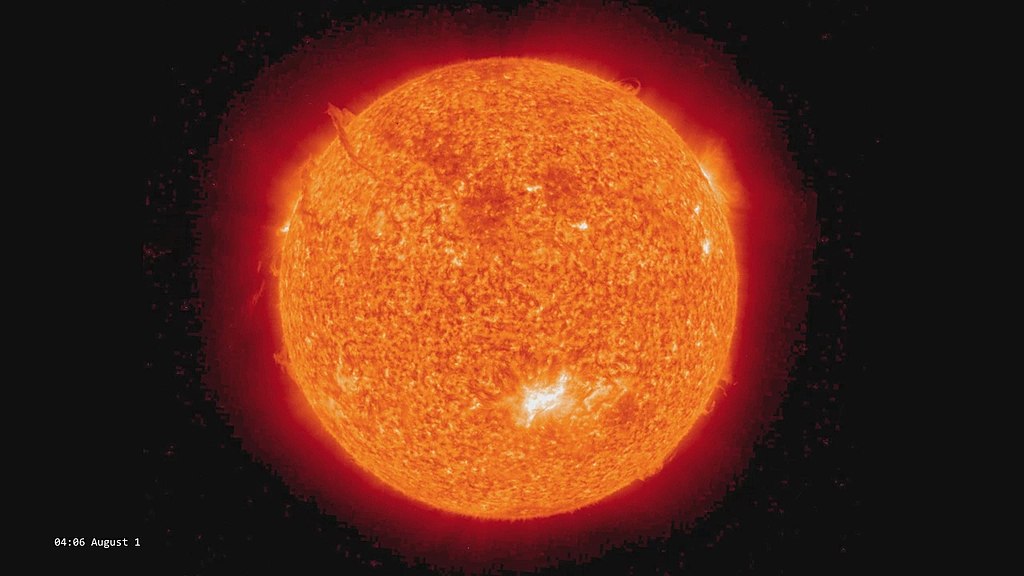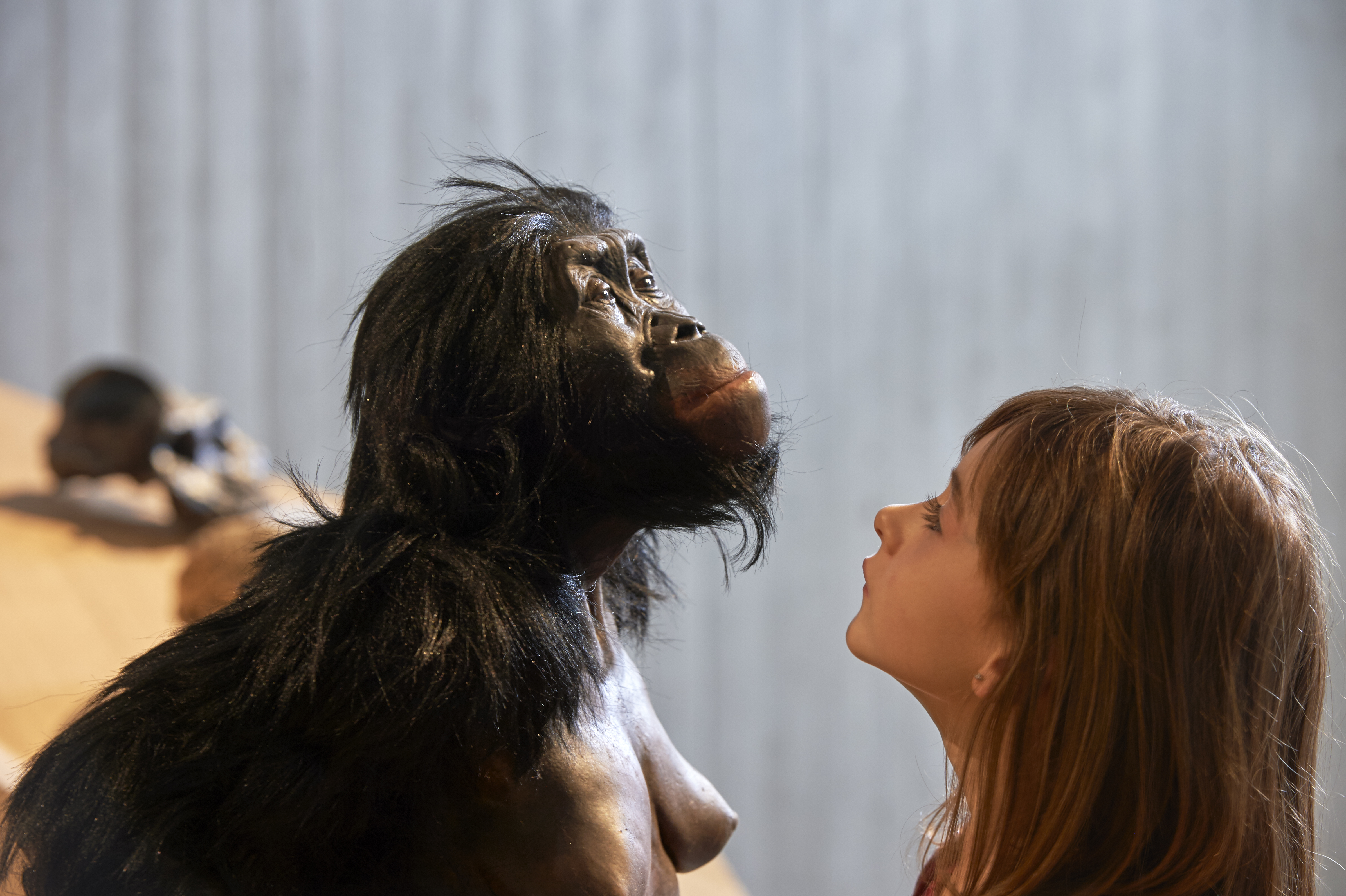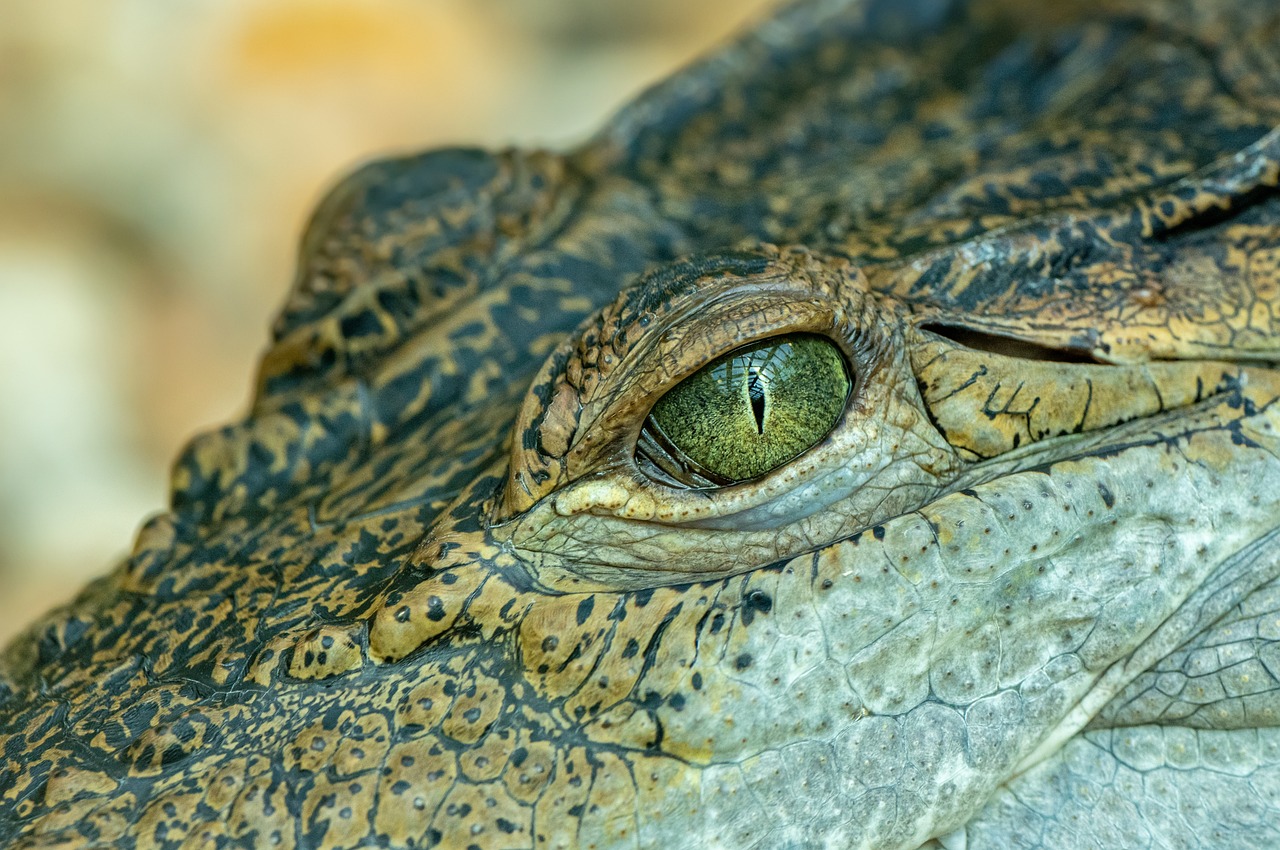As we count down to 2024, we’re celebrating the top 10 most popular articles of the year according to Altmetric.

10. Ancient tree rings reveal largest ever solar storm 14,300 years ago
This paper from Philosophical Transactions A analysed ancient tree-rings found in the French Alps, and discovered there was a huge spike in radiocarbon levels 14,300 years ago. The radiocarbon spike was caused by the largest ever identified solar storm – a similar storm today would be catastrophic for modern technological society. The research warns of the sun's extreme behaviour and the risks it poses to Earth.

9. More malaria on horizon? As temperatures rise mosquitoes migrate
This paper published in Biology Letters found climate change contributes to the spread of malaria by allowing mosquitoes to travel into new regions. Based on data spanning the past 120 years, the research found that the mosquitoes responsible for transmitting malaria in Africa are spreading deeper into southern Africa and to higher elevations than ever previously recorded. Rising temperatures have started to cause many tropical species that were previously confined to only the warmest parts of the world to be able to climb higher and travel farther toward the poles.

8. Human shoulders and elbows first evolved as brakes for climbing apes
The rotating shoulders and extending elbows that allow humans their flexibility may have first evolved as a natural braking system for our primate ancestors. The research from Royal Society Open Science reports that apes and early humans likely evolved free-moving shoulders and flexible elbows in order to slow their descent from trees and land safely. As early humans left forests for the grassy plains, their versatile limbs were essential for gathering food and deploying tools for hunting and defence.

7. ‘Bouncing’ comets may be able to spread life throughout the universe
How did the molecular building blocks for life end up on Earth? One long-standing theory is that they could have been delivered by comets. Now, research from Proceedings of the Royal Society A has shown how comets could deposit similar building blocks to other planets in the galaxy.

6. When did humans learn how to walk upright?
Research from Royal Society Open Science has shed light on the way in which bipedalism, the ability to walk upright, evolved millions of years ago. By examining one of the most famous early human ancestors, the Australopithecus Afarensis known as 'Lucy', the research proves that while early humans certainly didn't act like us, they did walk like us.

5. Early humans deliberately made mysterious stone 'spheroids'
The early ancestors of humans deliberately made stones into spheres 1.4 million years ago, although what prehistoric people used the balls for remains a mystery. Did early hominins intentionally chip away at them with the aim of crafting a perfect sphere, or were they merely the accidental by-product of repeatedly smashing the stones like ancient hammers? This paper from Royal Society Open Science suggests that our ancestors knew what they were doing - using 3D analysis to reconstruct the geometry of the stones, the researchers determined that their sphericalness was likely to have been produced intentionally.

4. No evidence linking Facebook use and negative well-being
The largest independent scientific study ever conducted, published in Royal Society Open Science, investigated the spread of Facebook across the globe and found no evidence that the social media platform's worldwide penetration is linked to widespread psychological harm. The study used well-being data from nearly a million people across 72 countries over 12 years and harnessed actual individual usage data from millions of Facebook users worldwide to investigate the impact of Facebook on well-being.

3. Ants can sniff out cancer
Several types of cancer have been found to alter urine smell, but research published in Proceedings B, has discovered ants to have this capability. The paper demonstrates how these insects could be used as a cost-effective way to identify cancers in patients, as ants can be used as bio-detectors to discriminate healthy individuals from tumour-bearing ones.

2. Female frogs fake their own death to avoid unwanted mates
When it comes to avoiding unwanted male attention, this paper published in Royal Society Open Science has found some frogs take drastic action: they appear to feign death. The findings shed new light on the European common frog, suggesting females do not simply put up with the male scramble for mates – a situation in which several males can end up clinging to a female, sometimes fatally. It was previously thought that females were unable to choose or defend themselves against this male coercion, but females in these dense breeding aggregations are not passive as previously thought.

1. First ever crocodile ‘virgin birth’ recorded
For the first time, research published in Biology Letters has found evidence that female crocodiles can lay eggs without mating, using a strange reproductive strategy that may have evolutionary roots in dinosaurs. In 2018, a single female American crocodile held in captivity for 16 years laid a clutch of eggs, with one containing a visible foetus. The paper reports that this baby crocodile was a parthenogen, the product of a virgin birth, containing only genetic material from its mother.

Want to read more? Take a look at our all time popular papers collection.
Thank you to everyone who chose to read our papers and publish in our journals this year! We look forward to publishing more insightful research in 2024. You can explore all of our journal articles here.
Our journals continue to achieve high levels of citations and downloads year on year. Researchers who publish with us benefit from promotion by the Society's dedicated press and marketing teams. Would you like to publish your research in a Royal Society journal? Take a look at the benefits of publishing with us.
Image credits:
Image: Solar storm. Credit: NASA Goddard Space Flight Center from Greenbelt, MD, USA, CC BY 2.0 via Wikimedia Commons.
Image: Living reconstruction of an Australopithecus afarensis ('Lucy') with girl. Credit: Neanderthal-Museum, Mettmann, CC BY-SA 4.0 via Wikimedia Commons.
